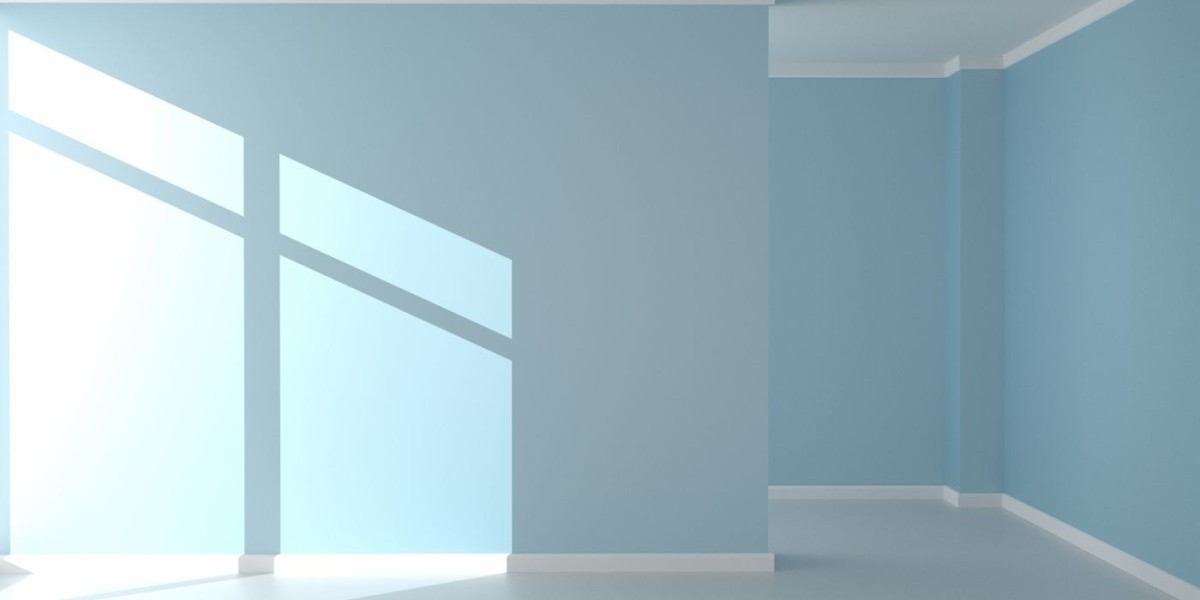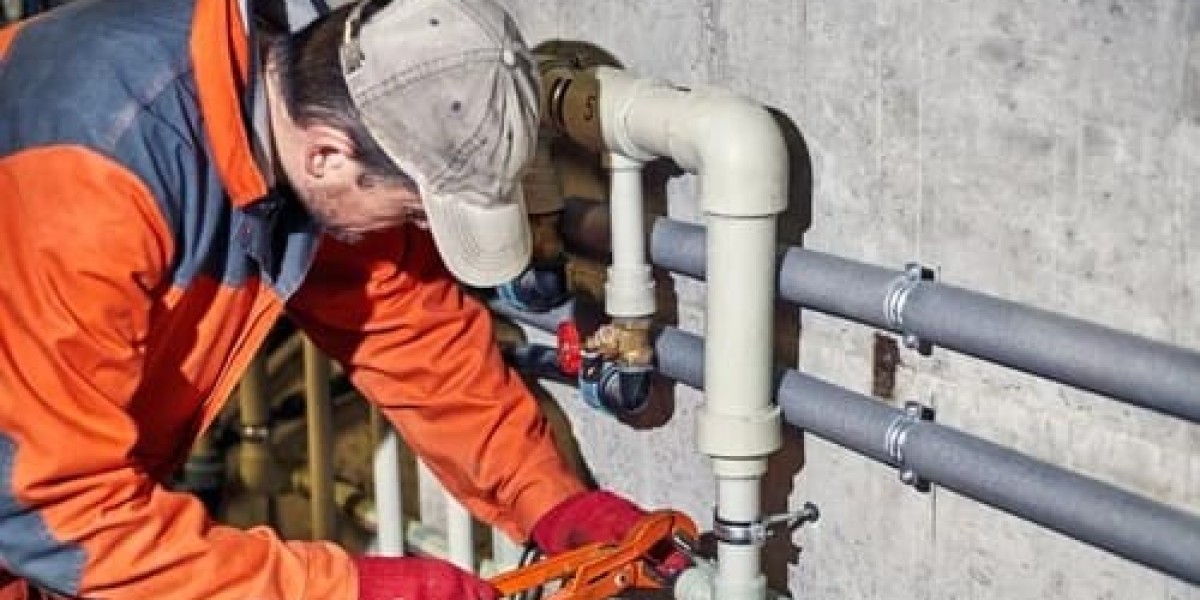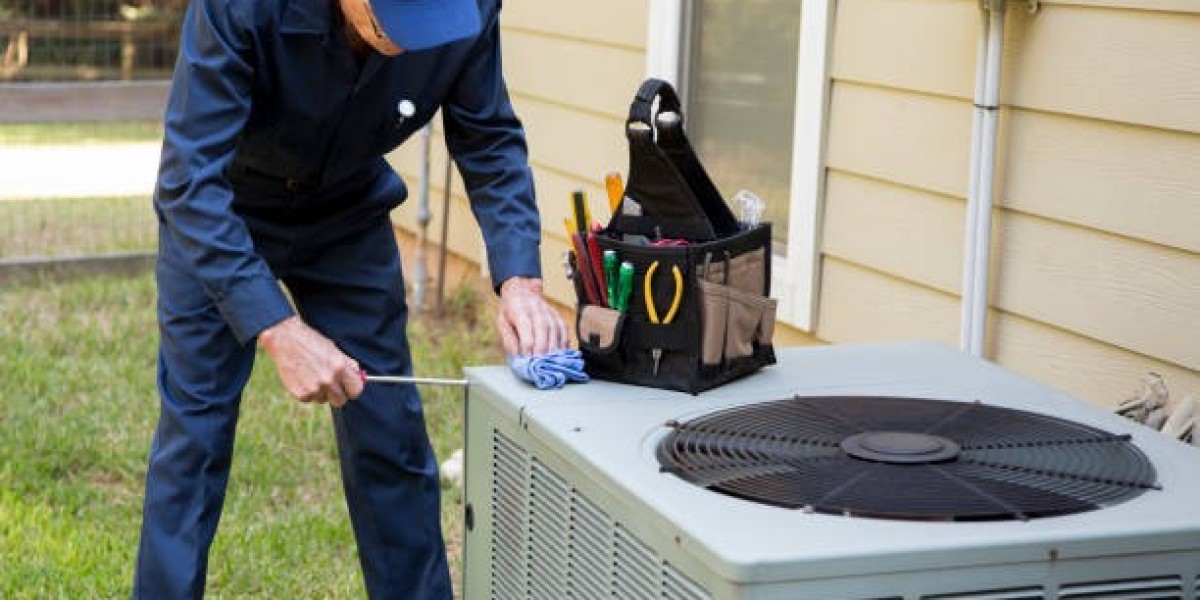A great paint job doesn’t start with color—it starts with what you can’t see once the work is done. Primer is the quiet hero that helps paint look smoother, last longer, and resist stains. Skip it and even the most expensive paint can flash, peel, or show every patch you made. If you’re tackling a refresh yourself—or comparing bids from painters eugene oregon—this guide lays out a reliable, results-driven path to a clean, modern finish.
Why Primer Matters (More Than You Think)
Primer does three big jobs:
Adhesion: It grips the wall so the topcoat bonds tightly, reducing peeling, chipping, and premature wear.
Sealing: It evens out porosity so your finish coat dries uniformly, preventing dull “flat spots” (known as flashing).
Blocking: Specialty primers lock in water stains, smoke residue, crayon, and wood tannins so they don’t bleed through.
Think of primer as an affordable insurance policy that protects your color choice and helps your paint perform at its best.
When You Must Prime—and When You Can Skip It
You’ll get the most value from primer in these common situations:
New drywall or fresh patches: Joint compound is more porous than painted areas. Primer seals everything for consistent sheen.
Dramatic color changes: Going from dark to light (or the reverse) needs a primed bridge color to save coats and achieve true tone.
Stains or odors: Use a stain-blocking primer on water marks, smoke, cooking oils, or pet smells.
Glossy or enamel surfaces: Kitchens, baths, and trim painted in semi-gloss need scuff-sanding plus a bonding primer.
Porous masonry or bare wood: Specialized primers seal, block alkali, and stop tannin bleed.
Old, chalky paint: A chalk-binding primer stabilizes old surfaces.
You can sometimes skip primer when you’re repainting a clean, matte wall in a similar color with the same product family—but only if the surface is sound and stain-free. Even then, a single coat of primer can still reduce the total gallons of finish paint you’ll need.
Choosing the Right Primer (Match It to the Problem)
Not all primers are the same. Use a proven, purpose-built product:
Water-based (acrylic/latex) primer: The user-friendly, low-odor choice for most interior walls. Great for new drywall, light color changes, and general repainting.
Bonding primer: Formulated to grip slick surfaces—think previously enamel-painted kitchens, bathroom walls with slight sheen, or lightly aged oil paint.
Stain-blocking primer: Shellac or strong alkyd options are the top-rated performers on stains, nicotine, and knots. They dry fast and seal aggressively.
Masonry primer: Designed for concrete, block, or plaster to handle alkali and moisture vapor.
Odor-sealing primer: Specialty versions encapsulate smoke or pet odors after proper cleaning.
If you’re unsure, ask local painters eugene oregon which primer system they trust for your exact surface. Well-experienced crews usually specify a primer by name and explain why it matches your project.
Surface Prep: The Step That Separates “Okay” From “Outstanding”
A cutting-edge paint formula can’t fix a dirty wall. Follow this sequence for a high-performance foundation:
Clear and protect: Move furniture, remove wall plates and vent covers, and mask baseboards, floors, and fixtures.
Clean: Wash walls with a mild degreaser (especially in kitchens and near switches). Rinse with clean water and let dry.
De-gloss (if needed): Dull shiny areas with a fine sanding sponge (180–220 grit). Wipe dust with a damp microfiber cloth.
Repair: Fill nail holes, cracks, and dents with a lightweight spackle or setting compound. Feather edges; let dry.
Sand repairs: Use 180–220 grit to level patches flush with surrounding paint.
Spot prime patches: Priming repairs before the full prime coat prevents flashing.
Address stains: Treat water marks or smoke residue with a stain-blocking primer.
This user-friendly workflow is scalable—apply it room by room without bottlenecks.
Priming New Drywall: Special Considerations
Fresh drywall drinks paint like a sponge. Use a dedicated drywall primer (often called PVA primer) to seal the paper and joint compound evenly. One uniform coat is usually enough, but don’t rush: bright raking light can reveal stripes or rough tape joints. Sand lightly with a pole sander (220 grit) after priming to knock down fibers and create an ultra-smooth base.
Priming Over Gloss and Oil Paint
Older homes in Lane County often have glossy enamels on trim and even on walls in kitchens and baths. Test first: rub a small area with denatured alcohol on a white cloth. If paint transfers, it’s latex; if not, it may be oil. Either way, scuff-sand to dull the shine, vacuum dust, and use a bonding primer. This trusted sequence helps your new latex topcoat adhere reliably.
Stain and Odor Blocking: What Actually Works
Water stains/tannin bleed: Spot prime with shellac or a strong alkyd stain-blocker.
Nicotine/smoke: Wash with a degreaser, rinse, let dry, then prime with an odor-sealing, stain-blocking product.
Crayon/marker: Clean first; if “ghosts” remain, hit them with stain-blocking primer before the full prime coat.
These industry-leading products are designed for the toughest bleed-through issues and are proven in the field.
Tools and Materials Checklist
Primer (type matched to your surface)
Caulk (paintable) for small gaps at trim and casing
Spackle or joint compound for repairs
Sanding sponges (180–220 grit) and a pole sander for larger areas
High-quality 9" roller frame with 3/8"–1/2" nap covers for walls
Angled sash brush (2"–2.5") for edges and corners
Extension pole, drop cloths, painter’s tape, and a clean bucket for rinse water
A reliable setup speeds you up and helps maintain a consistent film build.
How to Prime Walls: A Step-by-Step, Results-Driven Process
Cut in the edges: Use your angled brush to prime 2–3 inches around ceilings, baseboards, corners, and casings.
Roll the field: Load the roller evenly; don’t overwork it. Roll in a “W” pattern to spread primer, then back-roll to level. Keep a wet edge to avoid lap marks.
Check coverage: Primer should look uniform. Thin spots will cause the topcoat to dry patchy.
Light sand (optional): Once dry, a quick pass with 220 grit knocks down nibs for a glassier finish.
Spot fix and re-prime if needed: If you find missed repairs or stains, touch them up and prime those areas again.
Dry Time, Recoat, and Cure: Timing Matters
Most water-based primers dry to the touch in 30–60 minutes and can be topcoated in 2–4 hours, but humidity in the Willamette Valley can extend that. Aim for good airflow and moderate temperatures. If you used a heavy stain-blocker (shellac/alkyd), follow the label—some can be topcoated sooner, but extra ventilation is smart. Respecting dry times is a simple, affordable way to protect a flawless finish.
Common Mistakes (And How to Avoid Them)
Skipping cleaning: Grease around light switches and in kitchens can cause adhesion failure.
Not sealing patches first: Unprimed repair spots will flash through high-sheen paints.
Rushing the dry time: Trapped moisture leads to roller pull, sagging, or dull spots.
Using the wrong primer: A general-purpose product won’t always block stains or grip slick paint.
Poor lighting: Use bright, raking light to spot holidays (missed areas) before it’s too late.
Real-World Case Study: South Hills Living Room, Eugene
The project: A 1950s living room with mixed surfaces—original plaster, two new drywall patches after electrical work, and a few water stains from an old roof leak. The homeowners wanted a smooth, contemporary finish and reached out to painters eugene oregon for advice.
The challenge: Without proper primer, the patched areas would flash, and the water stains could bleed through a bright new color.
The plan:
Degrease high-touch areas and wash all walls.
Scuff-sand the existing eggshell paint to improve adhesion.
Spot-prime patched zones and stains with a dedicated stain-blocking primer.
Apply one full coat of high-quality acrylic primer to unify porosity.
Lightly sand and vacuum dust before color.
The outcome: The final two finish coats laid down smoothly and dried to a consistent sheen from every angle—even in morning light that previously revealed flaws. The homeowners loved the clean, high-performance look and were surprised that the total paint used was less than expected because the primer reduced absorbency. This proven approach extended the repaint cycle and delivered a top-rated result without a premium price tag.
DIY vs. Hiring Pros
If you have patience and a steady hand, priming walls is very DIY-friendly. The work is methodical and rewards attention to detail. Hiring a trusted pro team makes sense when:
You’re dealing with heavy stains, smoke, or odor remediation.
Timelines are tight and you need scalable crew power.
You want a spray-applied primer for the smoothest possible finish.
You have complex substrates (plaster repairs, glossy enamels, or masonry).
Local painters eugene oregon with well-experienced crews can specify an innovative primer system that matches your walls and climate, then execute it with industry-leading tools for a reliable, long-lasting finish.
Frequently Asked Questions
Do “paint-and-primer-in-one” products replace primer?
They work well for light repaints on sound walls, but a dedicated primer still outperforms when you need adhesion, sealing, or stain blocking. For a flawless finish, primer is the best first coat.
How many primer coats do I need?
Usually one uniform coat. Add spot coats over heavy stains or drastic color changes, or apply a second coat on fresh drywall if porosity remains uneven.
What nap roller should I use for primer?
A 3/8" nap is a user-friendly starting point on smooth walls; bump to 1/2" for light texture. The goal is even coverage without orange peel.
Can I tint primer?
Yes—tinting toward your finish color helps coverage on bold hues. Don’t over-tint; primer still needs to look and act like primer.
How long should I wait before painting?
Follow the label. In Eugene’s humid months, give yourself extra time or use fans and gentle heat to maintain airflow.
Final Thoughts
Priming isn’t glamorous, but it’s the backbone of a flawless paint job. With the right prep, a primer tailored to your surface, and a careful application, your color will lay smoother, look richer, and hold up longer. Whether you DIY or bring in trusted experts like Ash Painting in Eugene, Oregon, prioritize a proven process over shortcuts. That’s how you get professional, reliable results that feel fresh for years.







